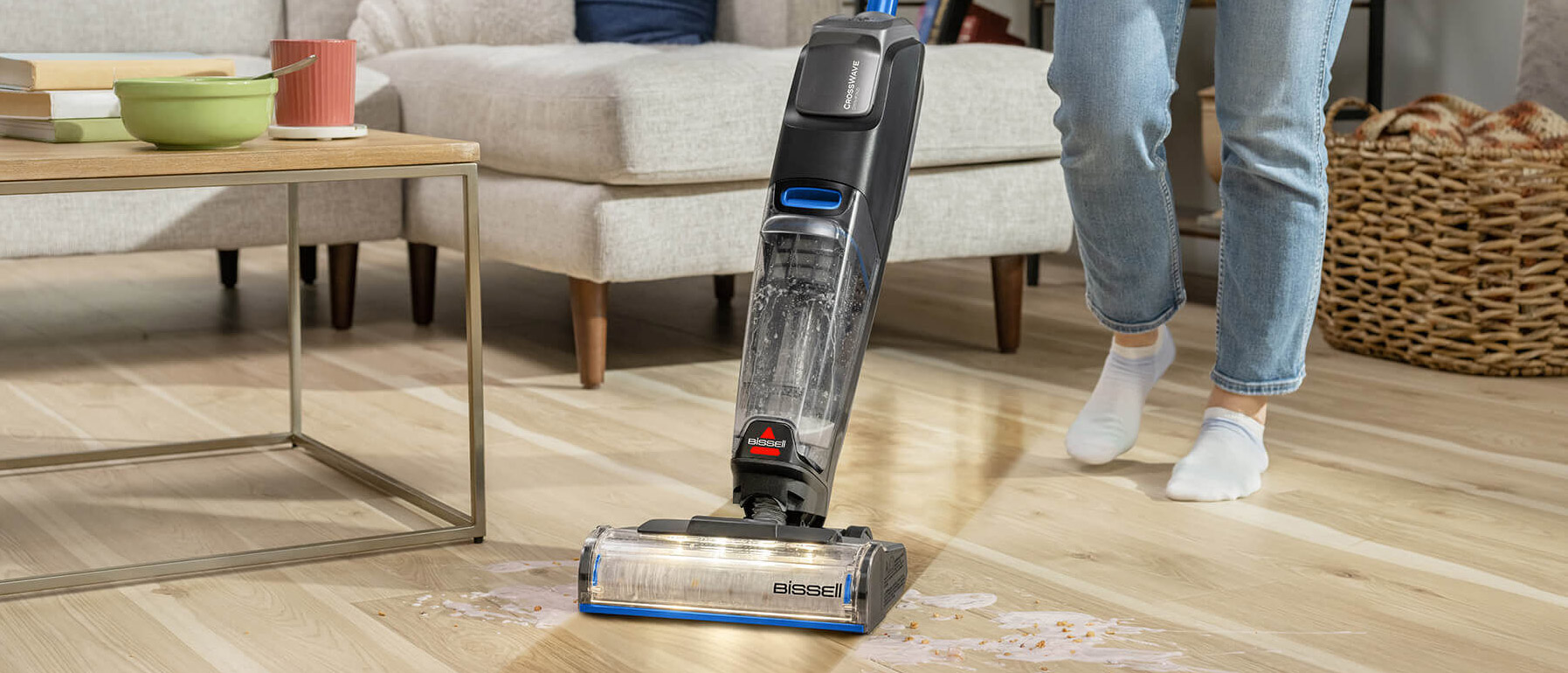A vet has shared important tips for dog and cat owners who are worried about their pets losing their teeth – and it's not just because they are getting old, it could be a sign of a health issue
Pet owners often express concern about the health of their beloved dogs and cats – particularly when it comes to dental issues such as tooth loss. As our four-legged friends age, just like us, they move on from baby teeth to adult ones – shedding the former in their younger days. However, it's not just the golden years that can lead to tooth loss in animals.
A vet named Ben is now schooling pet owners on proper dental care for their pets through his TikTok platform. He recently shared a dental hygiene advice video, and said: “This is just a reminder that dogs and cats don't lose their teeth because of old age.”
He elaborated on the real culprit, saying: “They lose their teeth because of a periodontal disease. Over time, they accumulate more tartar on their teeth and that leads to gum inflammation and gum recession.
“Then the bone around the teeth is lost – and it eventually means that teeth become loose. It's not because of old age, it's because they haven't brushed their teeth twice a day like we do.”
For this reason, it's important to do an extra check after your pet loses a tooth. If your dog has smelly breath, or shows signs of discomfort, be sure to take them to a vet straight away. It could be a sign that something more serious is at play.
Brushing your pet's teeth can do wonders for their dental health – and starting them young is the key, according to vet Ben. He suggests: “I tried to remind puppy and kitten owners at vaccination appointments. When I see them to introduce toothbrushing and the best way to do this is to get a finger brush and get a flavoured pet toothpaste and get them licking the toothpaste off and do it every day, then gradually progress to getting a toothbrush inside their mouth.”
He recommends making dental care a positive experience so that it becomes a seamless part of their daily routine. The professional said: “For many dogs, a toothbrush is a bit intimidating, so you can start off with rubber ‘fingers' designed for dog toothcare, which just slip onto your finger like a long thimble and have rubber nobbles to clean teeth and massage gums.”
To ease pets into the tooth-brushing habit, Ben advises: “You can start just by stroking this around the outside of your dog's lips so they get used to the feel of it before starting to slowly build up to sliding it inside your dog's lips with some tasty toothpaste on it. Once your dog gets used to this, you can progress to cleaning all of their teeth and even a toothbrush if that is easiest.”
He warns against using human brushes or toothpaste on animals, recommending specialized pet products. Be on the lookout for signs like loose teeth, difficulty chewing, bad breath, and drooling, which could indicate dental issues in both dogs and cats. Cats may also paw at their mouth or show less interest in food.
If you notice your cat has stinky breath along with tooth loss, Purina warns this could signal an infection, like an abscessed tooth. The well-known pet food brand advises: “Watch for excessive drooling, licking or a slack-jawed appearance. If you notice these symptoms, make an appointment with your vet, who will likely give your cat's teeth a thorough cleaning and extract any that are infected.”
Purina also offers advice on how to care for your feline friend's pearly whites, suggesting: “Help maintain tooth and gum health by brushing your cat's teeth, too. It's best to begin this process when your cat is a kitten, but adult cats can be trained to sit through the process, too. Use a toothbrush and toothpaste specially made for cats. And consult your vet about any concerns you may have.”









